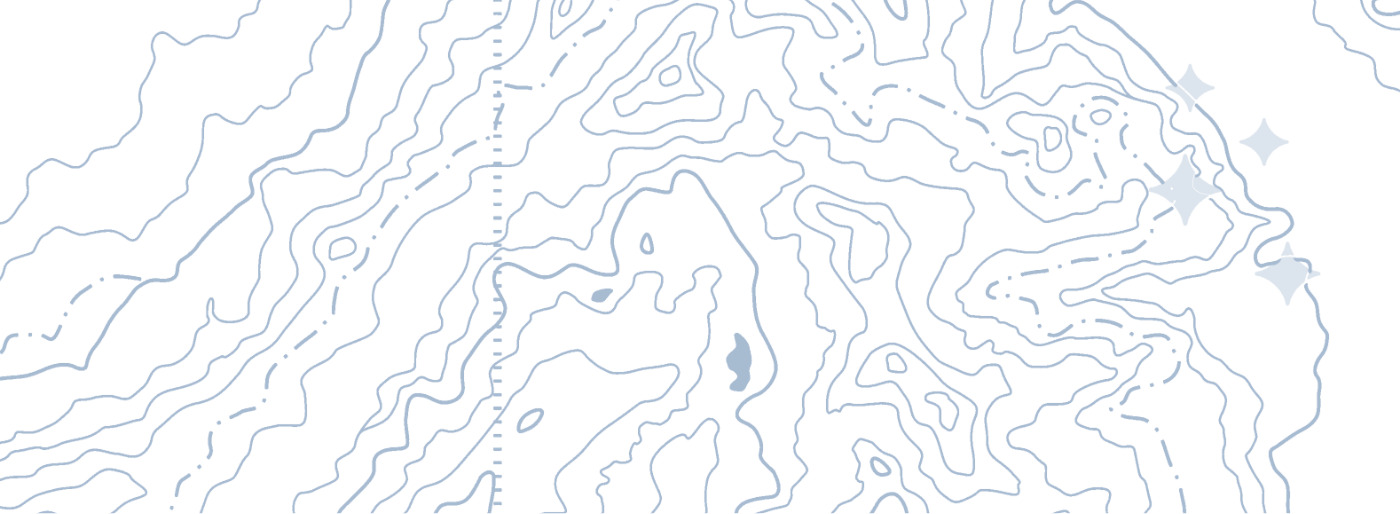"Osprey are some of the largest and most common birds of prey in our region. We see them regularly along all our big rivers and other large bodies of water, and we probably even take them for granted sometimes, but now is the time to enjoy them because they are all about to head south for the winter. Right now, watch for groups of Osprey on nesting platforms and power pole structures. These groups are one to several full grown juveniles with one or both of their parents. The juveniles still have mostly dark heads but they are full grown and learning to catch their own fish. The adults have white heads with a dark band going through and behind the eye. Soon, our Osprey will be living along the California coast or south of the border, not to be seen again until next May. These majestic birds are found all over the world yet they are so specialized with unique physical characteristics for catching fish, like a reversible outer toe which allows them to grasp their prey with two toes in front and two behind, that they have been placed in their own taxonomic genus, Pandion and family, Pandionidae. They are the only species in this family and genus!"
Mary Kiesau | Local Naturalist and Photographer
Fun Facts!
Information from the Seattle Audubon Society
- Osprey are the only species in its family.
- Ospreys hover over the water, plunging feet first when they spot prey.
- Only occasionally, when fish aren't available, will the Osprey eat small mammals, birds, or reptiles.
- Osprey will reuse nests year after year and continue to add sticks each year, ending up with a huge nest.














